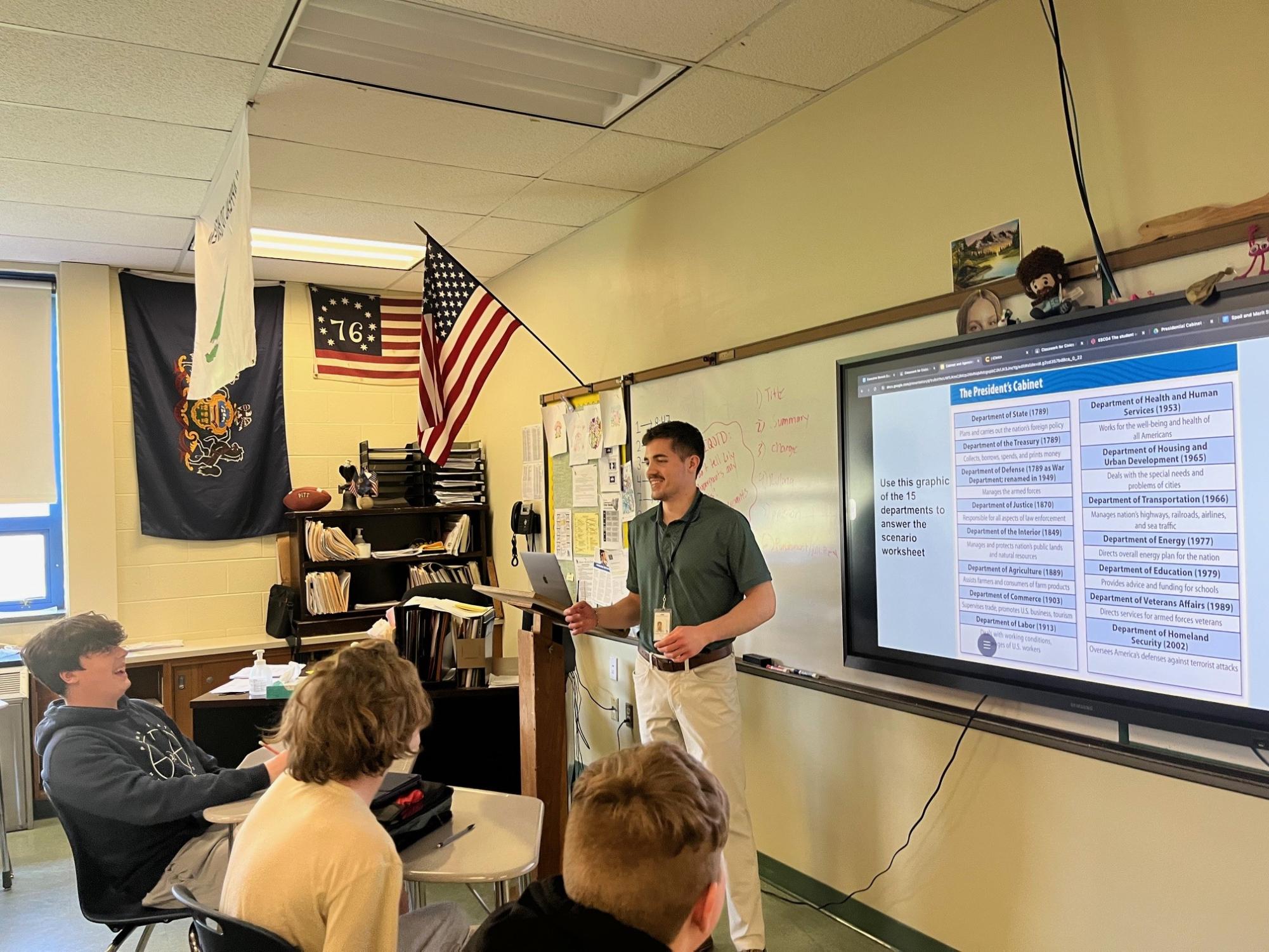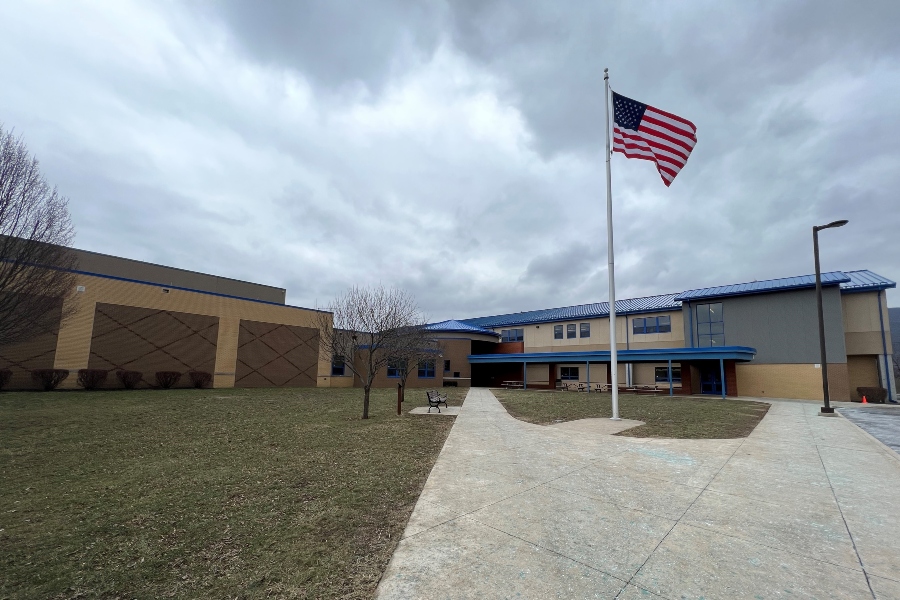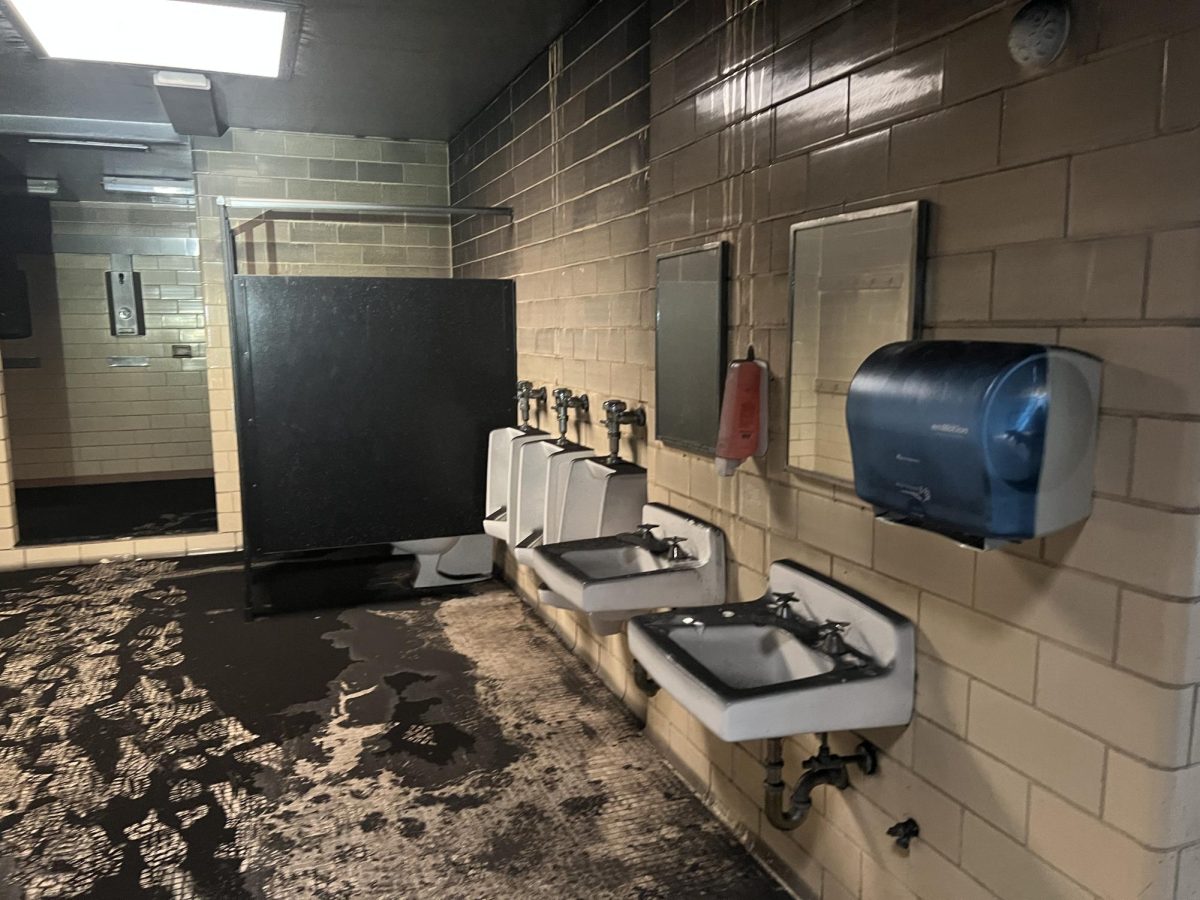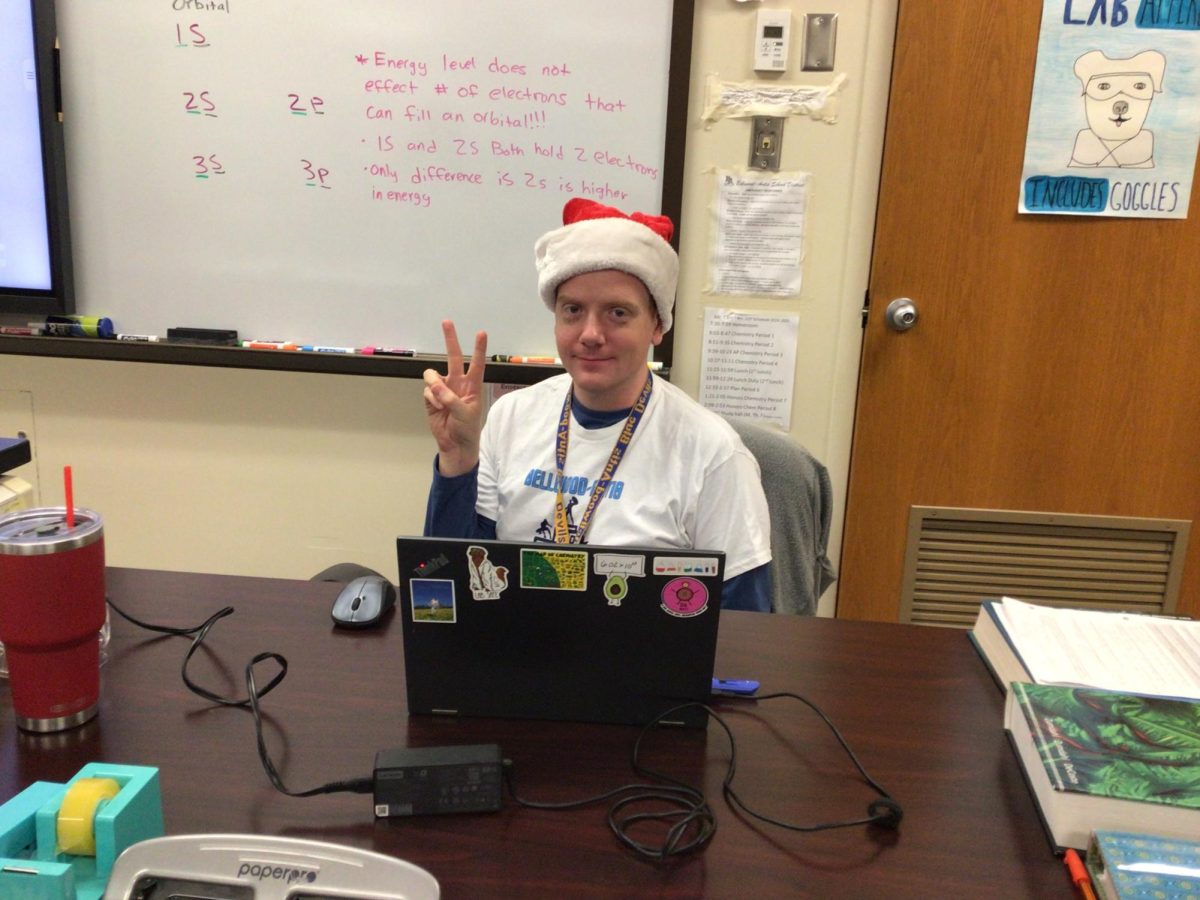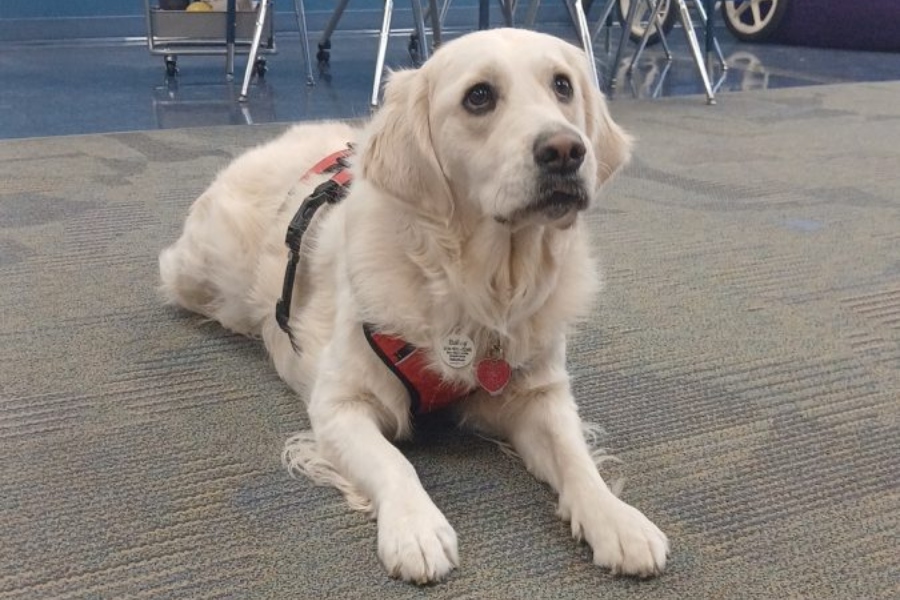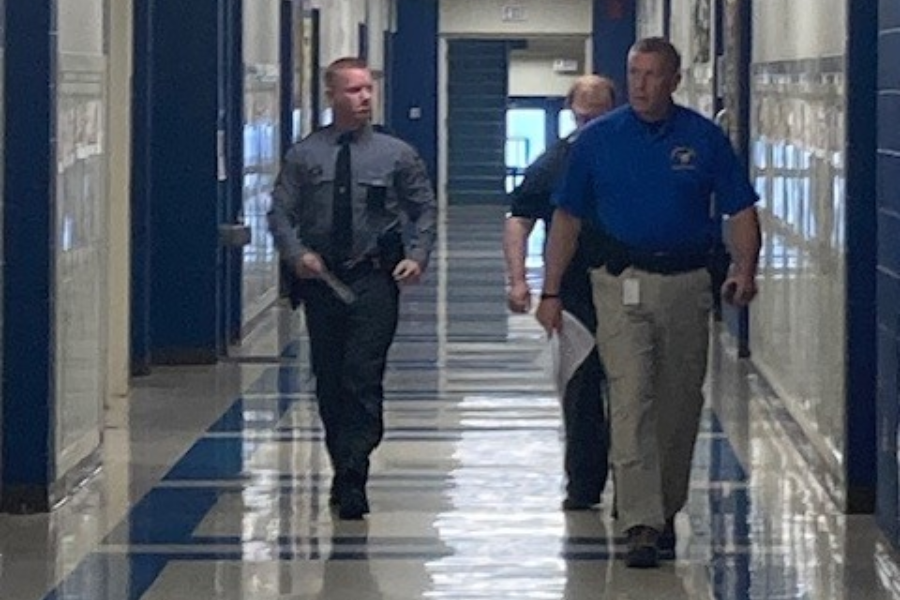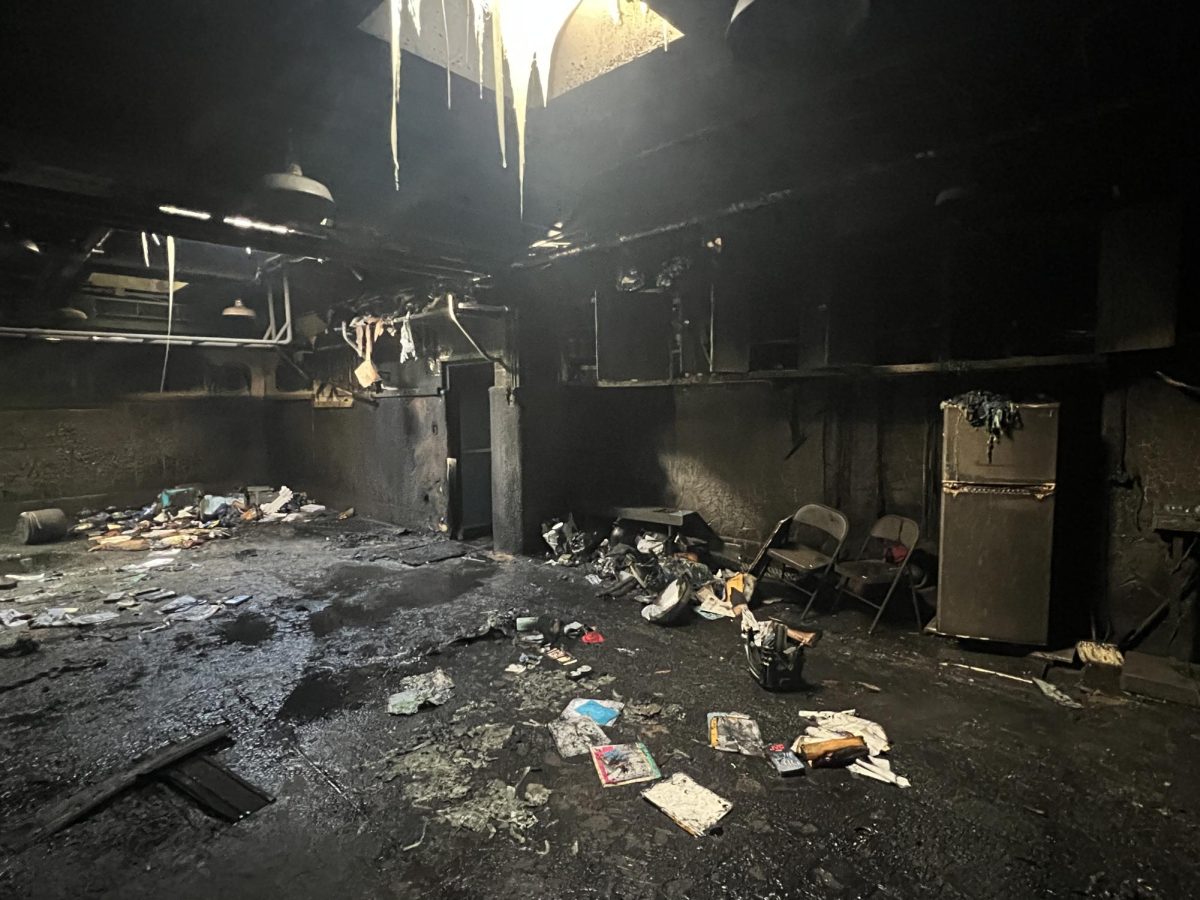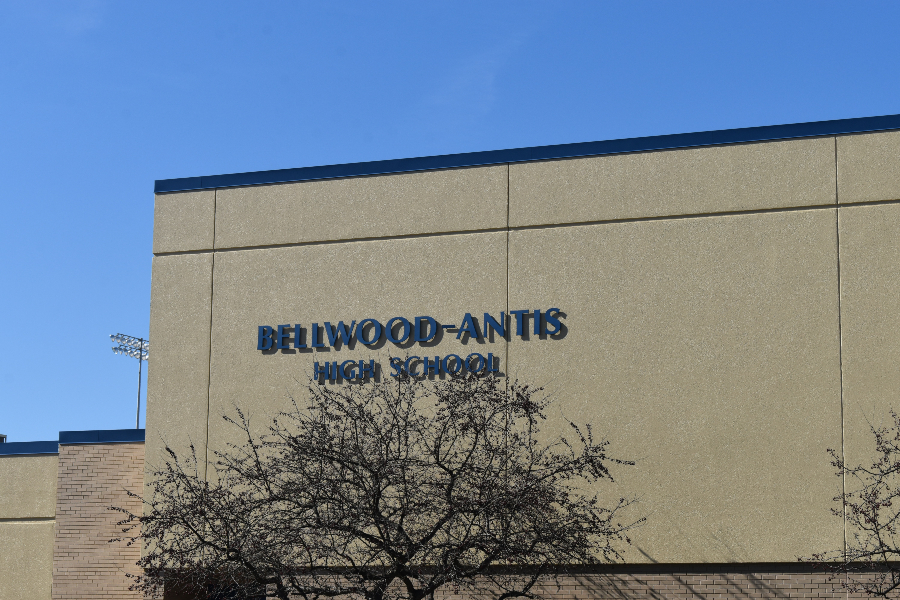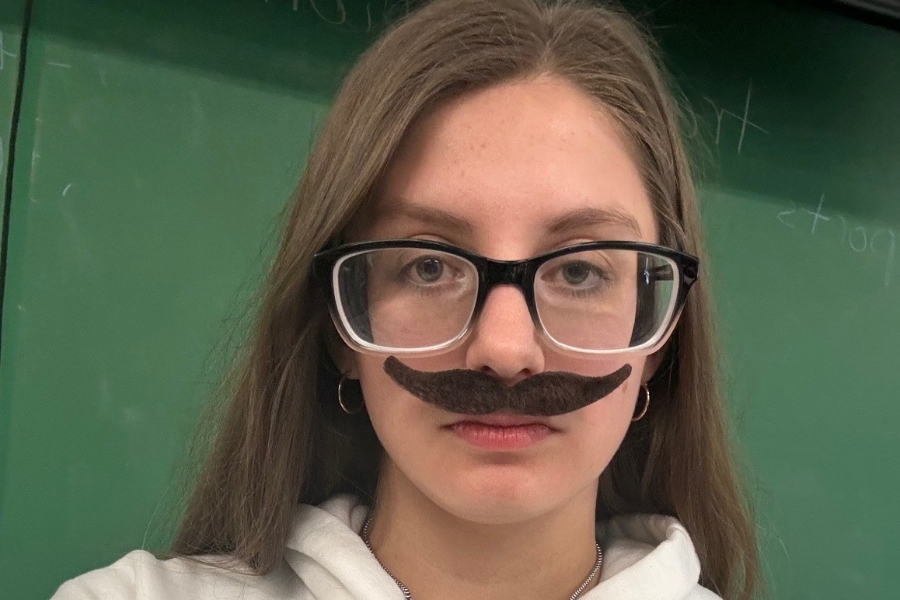On Wednesday, April 10th, Pennsylvania’s Student Teacher Support Program was launched.
This will provide student teachers with a $10,000 stipend for their 12-week work in Pennsylvania.
This will start at the beginning of the 2024-2025 school year, and the hope is it will attract more teachers and diminish teacher shortages in the commonwealth. According to an article published by WPSU, 20 years ago PA certified 20,000 teacher, but that number had shrunk to 5,000 by 2023.
“This investment is commonsense and it has strong bipartisan support– let’s come together to increase our support for our new teachers and show Pennsylvanians that their state government is working for them,” Pennsylvania Governor Josh Shapiro said in a statement released by his office.
At Bellwood-Antis, where three student teachers are currently wrapping up their placements in the high school alone, educators saw both benefits and drawbacks for the program.
High school principal Mr. Richard Schreier noted that interest in a career in education is diminishing even in Bellwood, which could make this new program quite valuable.
“This year, we only have 3 scholarship applicants who indicate a possible career in education,” said Mr. Schreier. “I am happy to hear of the support from legislation for future educators, but in order to promote education as a major, and train the next generation of teachers, something else needs to be done. There are other options that are needed to incentivize future teachers to enter the field such as tuition reimbursement, loan forgiveness, or higher salaries.”
To end up receiving a stipend, student teachers must agree to spend three years in Pennsylvania working as an educator.
“It is a great opportunity for kids coming into the profession,” said Mr. Kerry Naylor, an English teacher at B-A who currently has a student teacher. “You really shouldn’t be working another job while student teaching, so that money could help alleviate real financial concerns for young people just entering the workforce.”
While Mr. Naylor wondered how the program would ultimately be paid for, he didn’t begrudge young teachers the stipend.
“I’m sure if I could go back and ask my 23-year old self if I could have used $10,000 during student teaching, the answer would have been a resounding yes,” he said. “So I say more power to them. But there’s going to be a bill for this due somewhere down the line and that probably means taxpayers footing the bill.”
Mr. Matthew McNaul, who teaches civics, was even more skeptical.
“This is baiting people into the profession, and many students might be drawn by the money and not the interest in the profession itself,” he said.
Current year student teachers are not included in the program.
Mr. William Rawa, whose mentor teacher is Mr. McNaul, said it was a little “frustrating” the bill wasn’t passed sooner but thought it was great for those student teachers who will benefit in the future.
“There was a huge push in my cohort last year to get it done for us but unfortunately it didn’t happen,” Mr. Rawa said. “I’m happy for those who get to benefit from it.”
Mr. Tyler Bullock, a student teacher at Bellwood-Antis this year, had said providing a stipend to student teachers makes sense when you consider the cost of tuition at PA universities.
“I am paying the full price of tuition as if I’m meeting all my professors and using all of Penn State’s services,” he said. “I think that if student teachers don’t get the $10,000 stipend, at least some tuition should be forgiven if I’m not even on campus anymore.”
As an extra incentive, student teachers who decide to go to high schools with teacher shortages or very few student teachers could also qualify for an additional $5,000.
Although this $5,000 bonus is could be a motivator to get student teachers into high-risk schools, it could end up causing some problems.
“I think those high-risk jobs need to be taken on by special, high-ability teachers who can team with special, gifted and inspiring teachers who are in it to make improvements for the better.” If student teachers are just going there for the pay, neither the teacher or the students are going to benefit, Mr. Naylor said.
Under the new program, mentors for the student teachers are also able to earn up to $2,500.
Not every student teacher will be able to receive a stipend. Funding for the program only received $10 million, which would not be enough to cover every student teacher in the state.
More than 4,000 applications were submitted within the first day of the programs’ release.
Student teachers are able to apply at www.PHEAA.org/StudentTeacher.



